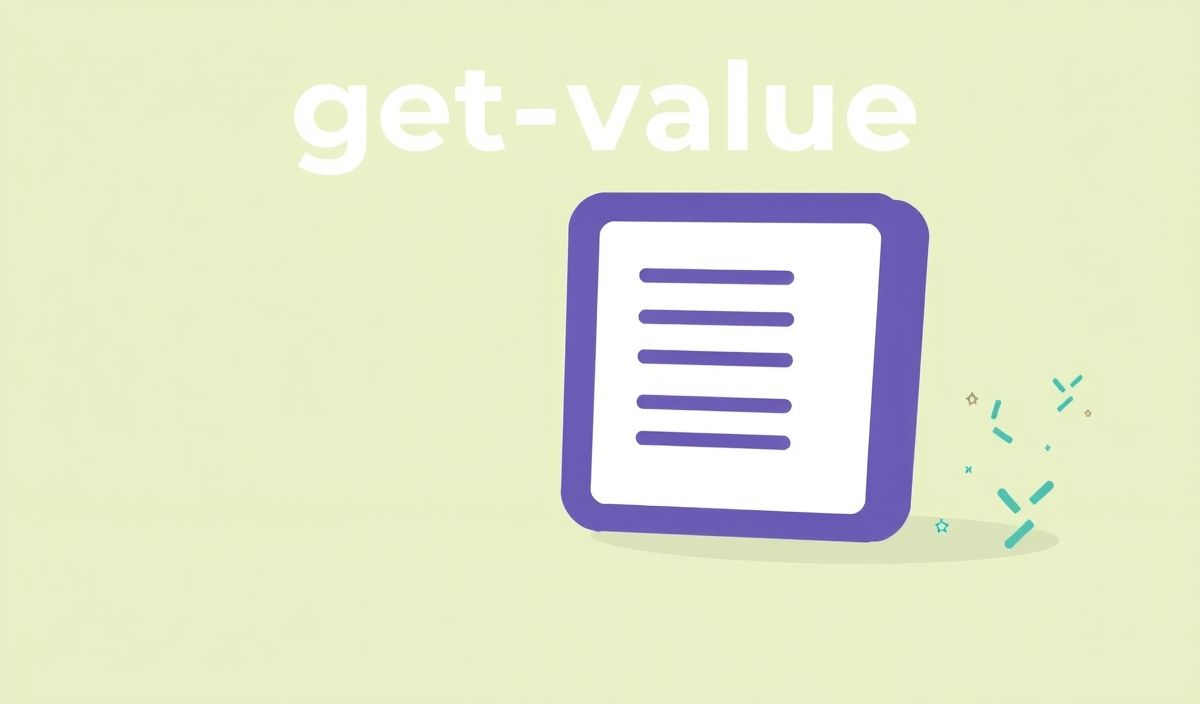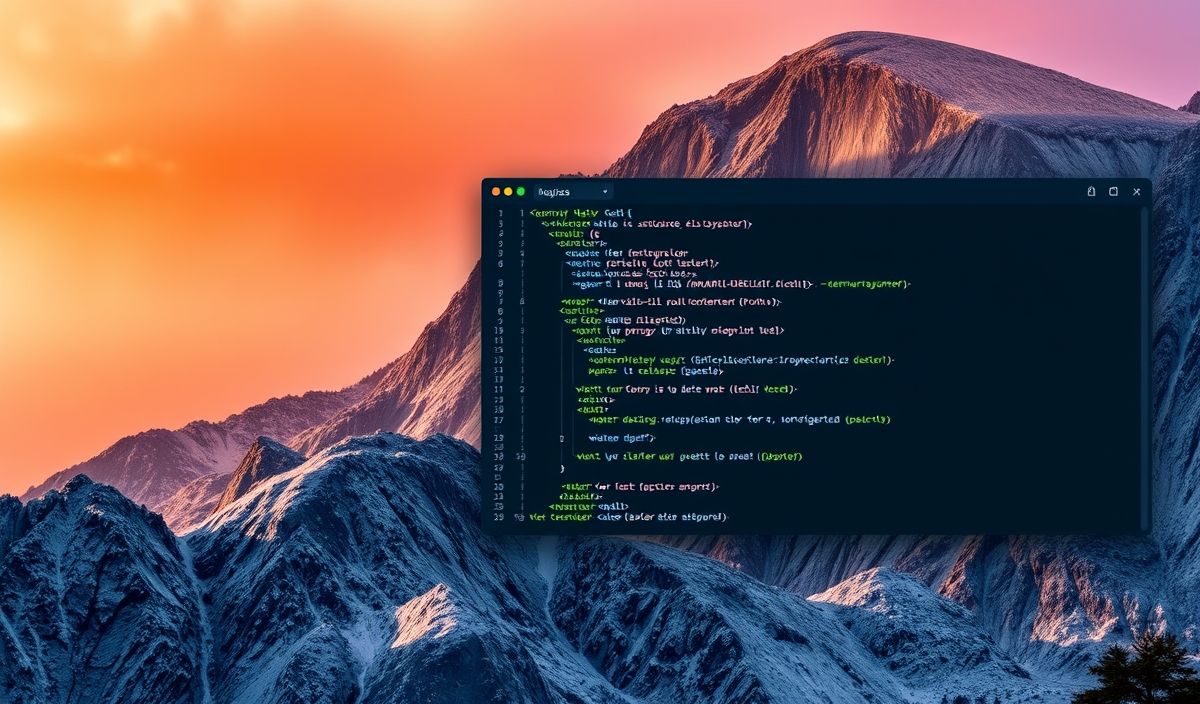Ultimate Guide to Actionhero: Building Powerful APIs with Actionhero Framework
Welcome to the ultimate guide on Actionhero, a scalable and powerful Node.js framework designed for creating APIs, real-time, and background jobs. In this comprehensive guide, we will introduce you to Actionhero and its amazing capabilities through dozens of useful API explanations and code snippets. Whether you are a beginner or an experienced developer, this guide aims to equip you with the knowledge to create robust applications using Actionhero.
What is Actionhero?
Actionhero is an open-source Node.js framework that allows you to build reusable, scalable, and quick APIs for web and mobile. It supports real-time communication, background processes, and various database integrations. With Actionhero, you can create both HTTP and WebSocket APIs with ease.
Getting Started with Actionhero
$ npm install actionhero --save $ npx actionhero generate
Creating Your First Action
Let’s create a simple “hello world” action:
const { Action } = require("actionhero");
module.exports = class HelloWorld extends Action {
constructor() {
super();
this.name = "helloWorld";
this.description = "Returns a welcome message";
this.outputExample = { message: "Hello, Actionhero!" };
}
async run({ response }) {
response.message = "Hello, Actionhero!";
}
};
Configuring Routes
Configuring routes in Actionhero is straightforward. Add the following code in config/routes.js:
exports.default = {
routes: (config) => {
return {
get: [
{ path: "/hello", action: "helloWorld" },
]
};
}
};
Middleware Example
Middleware in Actionhero allows you to modify inputs and outputs. Here is an example of an authentication middleware:
const { Middleware } = require("actionhero");
module.exports = class AuthMiddleware extends Middleware {
constructor() {
super();
this.name = "auth";
this.global = true;
this.priority = 1000;
}
async preProcessor(data) {
if (!data.connection.rawConnection.req.headers.authorization) {
throw new Error("Authorization header is required");
}
// Further token validation logic...
}
};
Actionhero with Database
Connecting Actionhero to a database is a common use case. Here’s an example of how you can use Sequelize with Actionhero:
const { Initializer, api } = require("actionhero");
const Sequelize = require("sequelize");
module.exports = class SequelizeInitializer extends Initializer {
constructor() {
super();
this.name = "sequelize";
}
async initialize() {
api.sequelize = new Sequelize("database", "username", "password", {
host: "localhost",
dialect: "mysql"
});
}
};
Background Tasks
Background tasks process jobs outside of the normal HTTP request/response lifecycle. Here’s an example:
const { Task } = require("actionhero");
module.exports = class ExampleTask extends Task {
constructor() {
super();
this.name = "exampleTask";
this.description = "An example task";
this.frequency = 0;
this.queue = "default";
this.middleware = [];
}
async run(params) {
api.log("Doing some background work", "info", params);
}
};
Sample Application
Below is an example of a small application that utilizes the discussed APIs:
$ npm install actionhero sequelize
$ npx actionhero generate
// In config/plugins.js
exports.default = {
plugins: (config) => {
return {
plugins: [
require("./initializers/sequelize"),
]
};
}
};
// In actions/helloWorld.js
const { Action } = require("actionhero");
module.exports = class HelloWorld extends Action {
constructor() {
super();
this.name = "helloWorld";
this.description = "Returns a welcome message";
this.outputExample = { message: "Hello, Actionhero!" };
}
async run({ response }) {
response.message = "Hello, Actionhero!";
}
};
// In config/routes.js
exports.default = {
routes: (config) => {
return {
get: [
{ path: "/hello", action: "helloWorld" },
]
};
}
};
// In initializers/sequelize.js
const { Initializer, api } = require("actionhero");
const Sequelize = require("sequelize");
module.exports = class SequelizeInitializer extends Initializer {
constructor() {
super();
this.name = "sequelize";
}
async initialize() {
api.sequelize = new Sequelize("database", "username", "password", {
host: "localhost",
dialect: "mysql"
});
}
};
// Running the server
$ npm start
This guide should get you started with Actionhero, offering a solid foundation to build upon for more complex applications.
Hash: a96979864c5c94dc2e3037e686cfa8e09523f727406b694e6e068474c95af402




